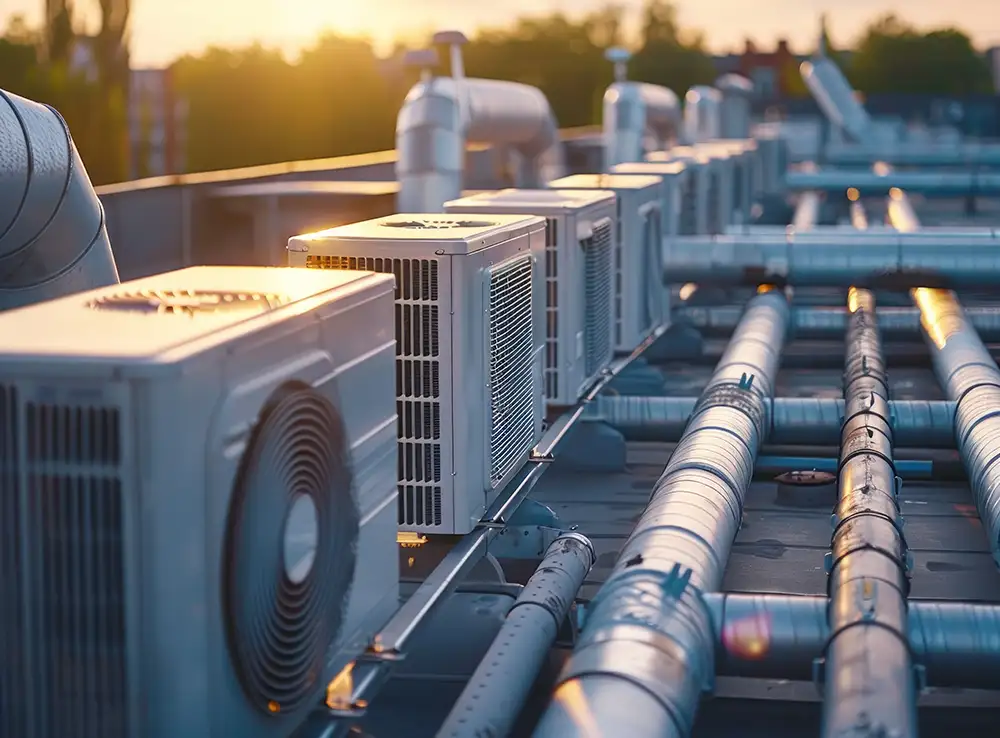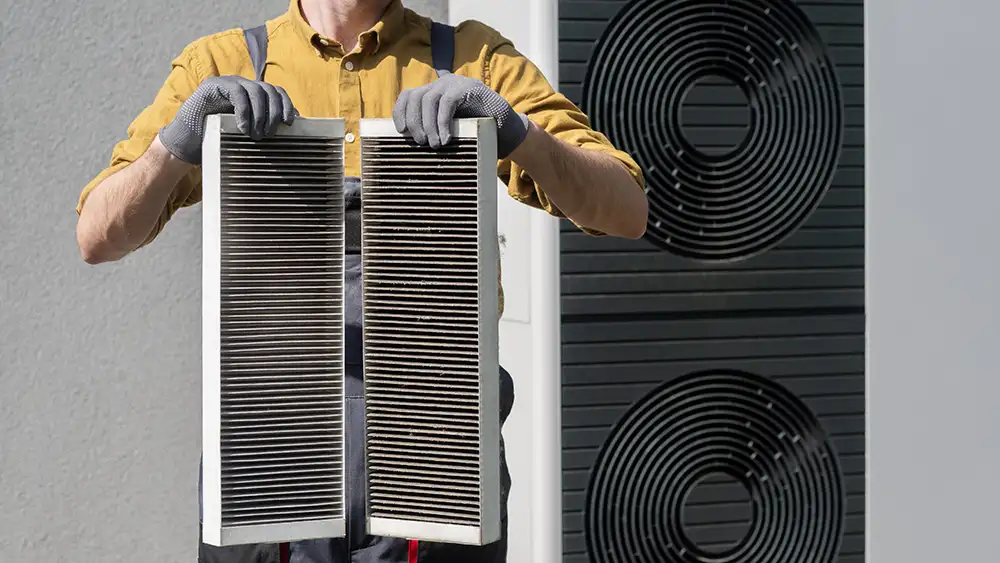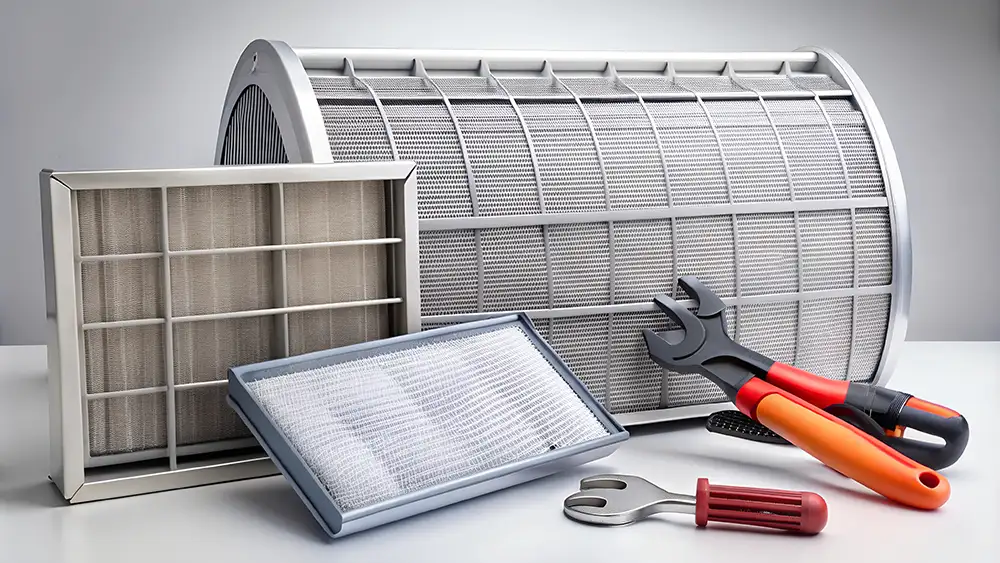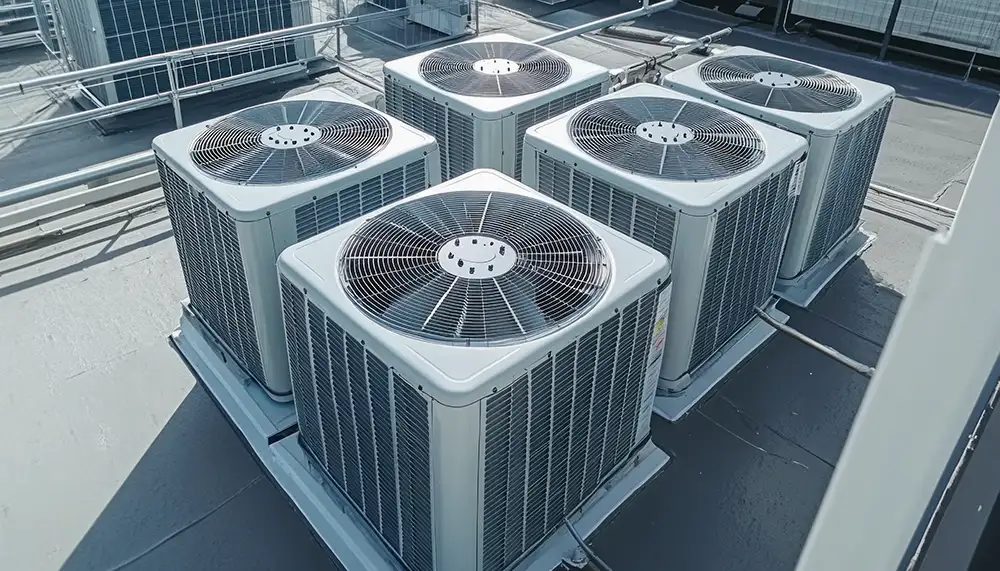Heating, ventilation, and air conditioning (HVAC) systems are the backbone of any commercial space, ensuring comfort, health, and productivity.
Whether you manage a retail store, office building, or industrial warehouse, a well-designed and maintained HVAC system is essential for energy efficiency, cost management, and employee satisfaction.
In this guide, we’ll break down everything you need to know about commercial HVAC systems—installation, maintenance, energy-saving strategies, and the latest sustainable technologies that are shaping the future of the industry.
The Basics of Commercial HVAC Systems

Understanding Types of Commercial HVAC Systems
Commercial HVAC systems come in many forms, customized to meet the unique needs of each building Check out our Commercial HVAC services tailored to your needs.
- Single-Split Systems: Perfect for smaller commercial spaces, offering individual control for heating and cooling in specific areas.
- Multi-Split Systems: Ideal for medium-sized spaces, these systems can control multiple zones.
- VRF (Variable Refrigerant Flow): Known for flexibility and energy efficiency, these systems are great for larger buildings with varying heating and cooling needs.
- Chilled Water Systems: Best suited for large buildings or complexes, using water as the medium to cool the air via a central chiller.
Key Components of Commercial HVAC Systems
To understand how your HVAC system works, it’s important to know the key components:
- Air Handling Units (AHUs): Circulate air throughout the building.
- Compressors: Facilitate the cooling process by compressing the refrigerant.
- Condensers: Remove excess heat from the refrigerant.
- Evaporators: Absorb heat and cool the air.
Proper maintenance of these components ensures the system runs efficiently and lasts longer.

Why Commercial HVAC Systems Are Critical
Health and Comfort
A properly functioning HVAC system maintains ideal temperature and humidity levels, improving employee productivity and customer satisfaction.
Energy Efficiency and Environmental Impact
Energy-efficient HVAC systems reduce operating costs and lower your building’s carbon footprint. Innovative designs and regular maintenance can have a significant impact on energy consumption.
Designing the Perfect Commercial HVAC System
Factors to Consider
- Building Size and Layout: Larger or multi-story buildings require zoning solutions.
- Usage Patterns: Choose a system that matches the specific needs of each area.
- Local Climate: Adapt the HVAC system to the weather conditions in your region.
Avoiding Oversized or Undersized Systems
Oversizing leads to inefficiency, while undersizing causes poor performance. Precise system sizing is essential to optimize energy use and maintain comfort.

HVAC Installation Done Right
Pre-Installation Planning
Before installing an HVAC system, address these key considerations:
- Budget: Get accurate cost estimates for equipment and installation.
- Timeline: Coordinate with construction schedules to avoid delays.
- Integration: Ensure compatibility with other building systems.
Installation Process

The typical process includes:
- Site preparation
- Equipment delivery and setup
- Testing and commissioning
Ensure you hire an experienced contractor to complete the job efficiently and on time.
The Importance of Regular HVAC Maintenance
Why Maintenance Matters
Routine maintenance keeps your system running efficiently, prevents unexpected breakdowns, and extends its lifespan.
Essential Maintenance Tasks
- Filter Replacement: Keeps air quality high and systems efficient.
- Coil Cleaning: Maintains proper heat exchange.
- Refrigerant Level Checks: Prevents cooling issues and compressor damage.
Troubleshooting HVAC Problems

Common Issues
- Airflow Problems: Caused by dirty filters or blocked ducts.
- Refrigerant Leaks: Lead to insufficient cooling.
- Thermostat Failures: Result in inconsistent temperatures.
Quick Solutions
Schedule regular inspections to catch and fix minor issues before they escalate.
Achieving Energy Efficiency and Sustainability
Energy-Saving Tips
- Install High-Efficiency Systems: Look for systems with high SEER ratings.
- Use Programmable Thermostats: Automate temperature control to avoid waste.
- Zoning Systems: Target heating and cooling to specific areas, reducing unnecessary energy use.
- Regular Maintenance: A well-maintained system operates more efficiently.
Sustainable HVAC Technologies
- Geothermal Systems: Use earth’s stable temperatures to heat and cool buildings.learn more from Geothermal Heating and Cooling Systems .
- Solar-Powered HVAC: Offset electricity costs with renewable energy.
- VRF Systems: Adjust refrigerant flow in real-time for optimal energy use.

The Future of Commercial HVAC
Emerging Trends
- AI and Machine Learning: Enable smarter, automated HVAC systems.
- Integration With Renewable Energy: Systems designed to work seamlessly with solar or wind energy.
- Energy Storage: HVAC systems paired with batteries to manage peak energy loads.
Predictions
As regulations tighten, businesses will see a growing demand for zero-energy buildings with HVAC systems that minimize environmental impact.
How to Choose the Right HVAC Contractor
What to Look For
- Experience with commercial projects
- Proper licenses and certifications
- Strong references and reviews
Questions to Ask
- How do you handle unexpected installation issues?
- Do you offer post-installation maintenance services?
Looking for a trusted partner for your commercial HVAC needs? Contact AZ AC And Heat Services today for expert installation, maintenance, and energy-efficient solutions.
Budgeting for Commercial HVAC Projects

What Affects Your Costs
- System Size: Larger systems cost more upfront.
- Installation Complexity: Retrofitting older buildings can drive up costs.
- Energy Efficiency: High-efficiency systems may cost more initially but save money in the long run.
Tips for Staying on Budget
- Get multiple quotes.
- Plan for future maintenance costs.
- Take advantage of energy-efficiency incentives or financing options.
Conclusion
Key Takeaways
- A well-designed and maintained HVAC system improves comfort, energy efficiency, and productivity.
- Regular maintenance and upgrades to sustainable technologies can lower costs and environmental impact.
- Working with experienced contractors ensures your system remains efficient and reliable.
Ready to upgrade or maintain your commercial HVAC system? Contact us – Follow Us On: Instagram Phone: (480) 772-0229 – Email: fahim@azacandheatservices.com
FAQ Section
Q: How often should commercial HVAC systems be serviced?
A: Twice a year—once before cooling season and once before heating season.
Q: What are the most energy-efficient HVAC systems?
A: VRF systems and geothermal heat pumps are excellent energy-efficient options.
Q: How can I improve indoor air quality?
A: Replace filters regularly, ensure proper ventilation, and consider air purifiers.


